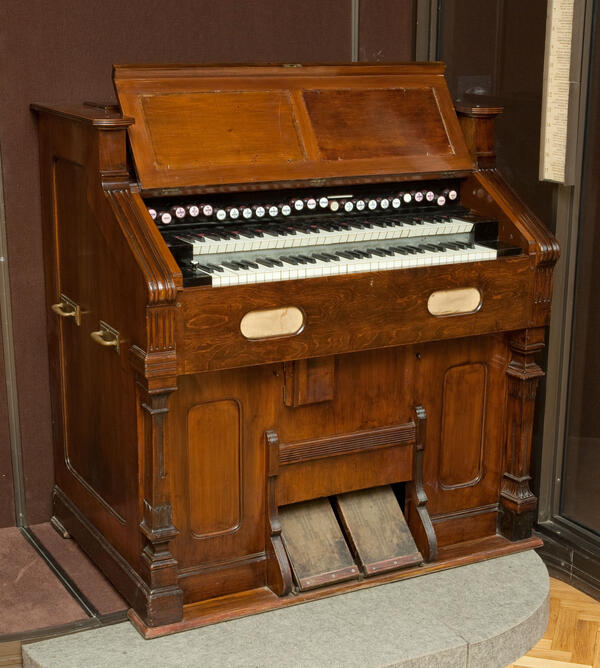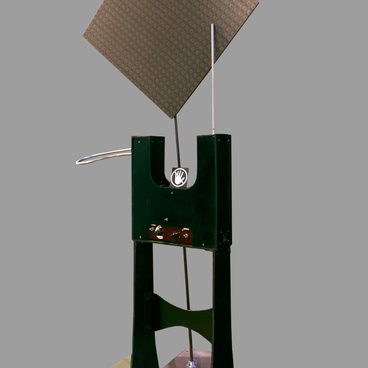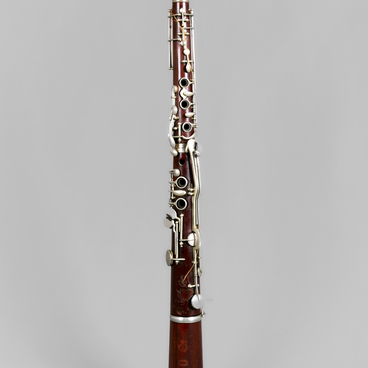The pump organ, or the harmonium, is an aerophone instrument with a keyboard that was invented in the early 19th century. The harmonium’s ancestors include the orchestrion and the choraleon. The instrument received its modern design after modifications by the French craftsman Alexandre-François Debain in the mid-19th century.
The instrument’s body reminds a small-sized piano. It generates sound as the metal reeds vibrate due to the flow of air that is pumped by two foot pedals.
The harmonium has two manuals, 61 keys each, and 25 stops that are selected by pulling out knobs. In small orchestras, the harmonium usually replaces wind instruments. Alternatively, it can be used to provide the harmonic foundation of a composition.
The instrument can be conveniently used to accompany a choir or to play music at home. The instrument’s popularity was supported by the publication of harmonium learning books and arrangements of popular compositions.
The production of harmoniums was not well-established in Russia. There were only several small workshops and factories in Moscow, Saint Petersburg, and Kyiv. In 1887, Dmitry Mitropolsky launched a harmonium factory in Bologoye. It was partially financed by the Most Holy Synod, and the company started producing small portable instruments.
Stationary harmoniums were rarely made in Russia, which is why most instruments were imported from other countries. The harmonium from the collection of the Russian National Museum of Music was manufactured by the Schiedmayer company. It was founded in the 18th century. In 1735, Balthasar Schiedmayer constructed his first clavichord in Erlangen, and the art of building keyboard instruments has been passed down from generation to generation ever since.
The harmonium on display used to belong to the Russian composer, pianist, and conductor Sergei Rachmaninoff. He received the instrument as a gift from Julius Heinrich Zimmermann, the owner of musical stores and a musical instruments factory in Moscow and Saint Petersburg. The harmonium entered the museum’s collection in 1961.
The instrument’s body reminds a small-sized piano. It generates sound as the metal reeds vibrate due to the flow of air that is pumped by two foot pedals.
The harmonium has two manuals, 61 keys each, and 25 stops that are selected by pulling out knobs. In small orchestras, the harmonium usually replaces wind instruments. Alternatively, it can be used to provide the harmonic foundation of a composition.
The instrument can be conveniently used to accompany a choir or to play music at home. The instrument’s popularity was supported by the publication of harmonium learning books and arrangements of popular compositions.
The production of harmoniums was not well-established in Russia. There were only several small workshops and factories in Moscow, Saint Petersburg, and Kyiv. In 1887, Dmitry Mitropolsky launched a harmonium factory in Bologoye. It was partially financed by the Most Holy Synod, and the company started producing small portable instruments.
Stationary harmoniums were rarely made in Russia, which is why most instruments were imported from other countries. The harmonium from the collection of the Russian National Museum of Music was manufactured by the Schiedmayer company. It was founded in the 18th century. In 1735, Balthasar Schiedmayer constructed his first clavichord in Erlangen, and the art of building keyboard instruments has been passed down from generation to generation ever since.
The harmonium on display used to belong to the Russian composer, pianist, and conductor Sergei Rachmaninoff. He received the instrument as a gift from Julius Heinrich Zimmermann, the owner of musical stores and a musical instruments factory in Moscow and Saint Petersburg. The harmonium entered the museum’s collection in 1961.




